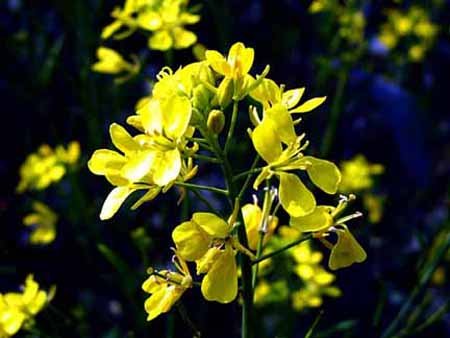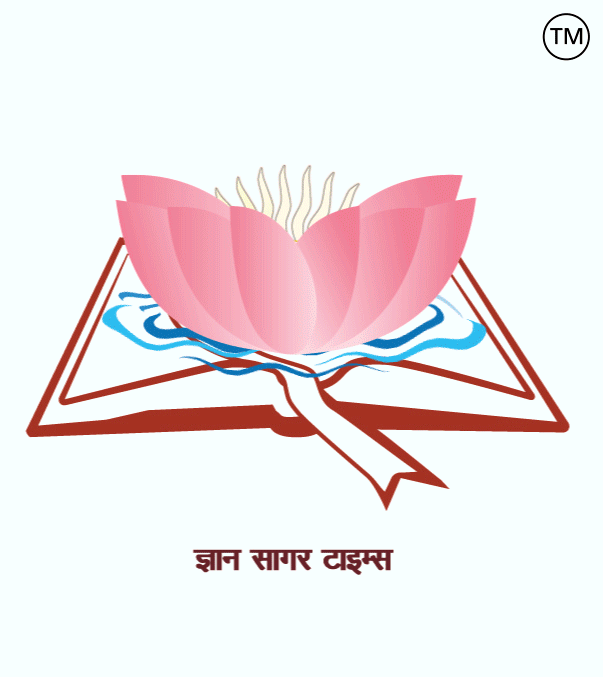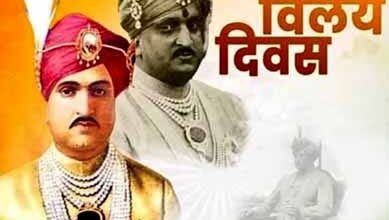
Related to botany – 198.
|
1. Which one is not a root? = Potato. 2. Roots develop? = Radicle. 3. Carrot is a type of? = Root vegetable. 4. The thick roots hanging from the trunk of a banyan tree are called? = Prop Roots or Stilt Roots. 5. The edible part of potato is? = Stem. 6. In which plant photosynthesis takes place in the stem? = Cactus plant. 7. Potato is an underground modified stem, which is called? = Tuber. 8. Which part of turmeric plant is edible? = Rhizome. 9. Which is the edible part of onion? = Bulb. 10. Onion is a modified form of what? = It is a modified form of stem. 11. Which is the edible part of cauliflower? = Inflorescence. 12. Which is the edible part of coconut? = Endosperm. 13. What is the outcome of food substances in the reaction of respiration? = Decomposition takes place. 14. What comes under the biological process? = Processes like respiration, transportation and excretion take place. 15. The highest number of chromosomes are found in which of the following? = Found in a fern called Ophioglossum reticulatum. 16. In place of roots, in which is the ‘Mulaabhas’ found? = Grass and Banyan. 17. In which plant are respiratory roots found? = Mangrove plant. 18. Stem roots are? = Adventitious roots. 19. The process of dispersal of seeds of plants is called? = Seed Dispersal. 20. The hairs that appear on the surface of the roots of trees are called? = Root hairs or absorbent hairs. 21. The green colour of leaves is due to what? = Due to a pigment called chlorophyll. 22. Which is the most important part of a plant from the point of view of life cycle? = Flower. 23. How many types of flowers are there? = There are three main types: annual, perennial and biennial. 24. What is a flower? = An important part of a plant that helps in sexual reproduction. 25. What is called the calyx? = The outermost whorl of the flower, which usually looks like green leaves. 26. What is the corolla? = It is an important part of the flower which is made up of petals. It is usually colorful and helps in attracting insects for pollination. The corolla is located inside the calyx. 27. What is called Androecium? = The male reproductive organ of a flower is called androecium. It is made up of stamens, which are the male reproductive organs of the flower. 28. What is Gynoecium? = It is the female reproductive organ of a flower. It is made up of one or more carpels, which include the stigma, style and ovary. The ovary itself contains the ovules, which are necessary for the formation of fruits and seeds. 29. What is wood? = The secondary xylem formed in perennial dicotyledonous and gymnosperm trees is called. 30. ‘Stem cutting’ is generally used for propagation of? = Sugarcane and Rose. ========== ============ =========== वनस्पति विज्ञान से संबंधित-198.
1. कौन-सा एक जड़ नहीं होता है? = आलू. 2. जड़े विकसित होती हैं? = मूलांकुर. 3. गाजर है एक प्रकार का? = जड़ वाली सब्जी है. 4. बरगद के पेड़ के तने से लटकने वाली मोटी जड़े कहलाती हैं? = प्राप जड़ें (Prop Roots) या स्तंभ जड़ें (Stilt Roots) कहा जाता है. 5. आलू का खाने योग्य भाग होता है? = तना. 6. किस पौधे में प्रकाश संश्लेषण तने में होता है? = नागफनी का पौधा. 7. आलू भूमिगत रूपान्तरित तना होता है, जिसे कहा जाता है? = कन्द. 8. हल्दी के पौधो का खाने योग्य कौन-सा हिस्सा होता है? = प्रकंद (rhizome). 9. प्याज में खाद्य भाग कौन सा होता है? = शल्ककंद या बल्ब (Bulb). 10. प्याज किसका परिवर्तित रूप है? = तने का एक परिवर्तित रूप है. 11. फूलगोभी का खाने योग्य भाग कौन-सा होता है? = पुष्पक्रम. 12. नारियल का खाने योग्य भाग कौन-सा होता है? = भ्रूणपोष (Endosperm). 13. श्वसन की अभिक्रिया में खाद्य पदार्थों की परिणति क्या होती है? = विघटन होता है. 14. जैव प्रक्रम के अंतगर्त कौन आता है? = श्वसन, परिवहन और उत्सर्जन जैसी प्रक्रियाएं होती हैं. 15. सबसे अधिक क्रोमोसोम किसमें पाए जाते हैं? = ऑफियोग्लोसम रेटिकुलटम (Ophioglossum reticulatum) नामक फर्न में पाए जाते हैं. 16. जड़ के स्थान पर ‘मूलाभास’ किसमें पाया जाता है? = घास और बरगद. 17. श्वसन मूल किस पौधे में पाई जाती हैं? = मैंग्रोव का पौधा. 18. स्तम्भ मूल होती हैं? = अपस्थानिक जड़ें. 19. पौधों के बीजों के बिखरने की क्रिया को कहते हैं? = बीज प्रकीर्णन (Seed Dispersal). 20. पेड़ों की जड़ों की सतह पर जो रोएँ से दिखाई देते है उन्हें कहते हैं? = जड़ बाल या शोषक बाल कहते हैं. 21. पत्तियों का हरा रंग किसके कारण होता है? = क्लोरोफिल नामक वर्णक के कारण होता है. 22. जीवन-चक्र की दृष्टि से पौधे का सबसे महत्त्वपूर्ण अंग कौन-सा है? = पुष्प (फूल). 23. पुष्प कितने प्रकार के होते हैं? = तीन मुख्य प्रकार होते हैं: वार्षिक , बारहमासी और द्विवार्षिक. 24. पुष्प किसे कहते हैं? = पौधों का एक महत्वपूर्ण हिस्सा है जो लैंगिक प्रजनन में मदद करता है. 25. बाह्य दलपुंज (Calyx) किसे कहते हैं? = फूल का सबसे बाहरी चक्र होता है, जो आमतौर पर हरी पत्तियों जैसा दिखता है. 26. दलपुंज (Corolla) किसे कहते हैं? = फूल का एक महत्वपूर्ण भाग है जो पंखुड़ियों से मिलकर बना होता है. यह आमतौर पर रंगीन होता है और परागण के लिए कीटों को आकर्षित करने में मदद करता है. दलपुंज, बाह्यदलपुंज के अंदर स्थित होता है. 27. पुमंग (Androecium) किसे कहते हैं? = पुष्प का नर जनन अंग पुमंग (Androecium) कहलाता है. यह पुंकेसरों से मिलकर बना होता है, जो फूल के नर प्रजनन अंग हैं. 28. जायांग (Gynoecium) किसे कहते हैं? = फूल का मादा प्रजनन अंग है. यह एक या एक से अधिक अंडपों (carpels) से बना होता है, जिनमें वर्तिकाग्र, वर्तिका और अंडाशय शामिल होते हैं. अंडाशय में ही बीजांड होते हैं, जो फल और बीज बनाने के लिए आवश्यक हैं. 29. काष्ठ किसे कहते हैं? = बहुवर्षीय द्विबीजपत्री और अनावृतबीजी पेड़ों में बनने वाले द्वितीयक जाइलम को कहते हैं. 30. ‘तना काट’ आमतौर पर किसके प्रवर्धन के लिए प्रयोग किया जाता है? = गन्ने और गुलाब.
|






